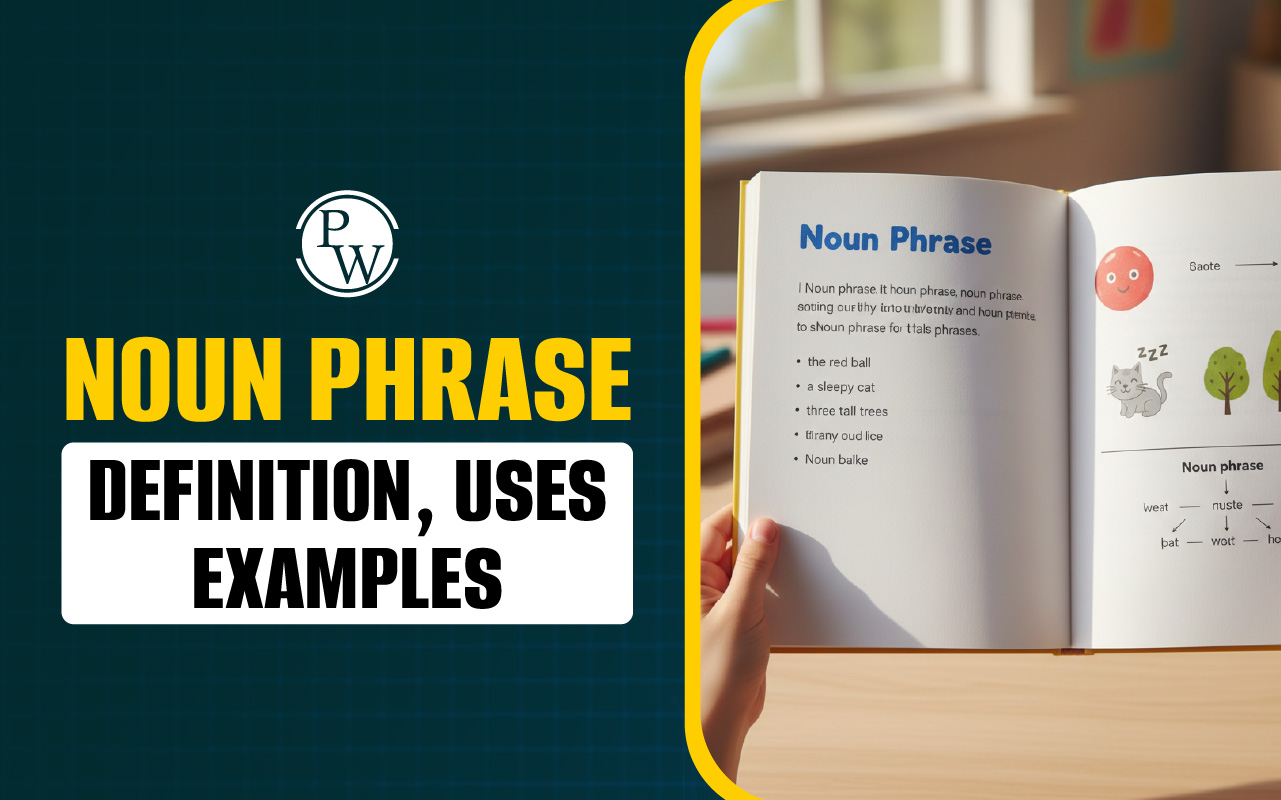
We use measurement systems daily for various purposes, but everyone doesn't express it similarly. Across the world, two main measurement systems are used: The Metric System and the Imperial System. If you weigh 50 kilograms in India, your weight in the US will be around 110 pounds!
Don't be surprised; it's just because of the differences and uses of these two systems. This blog compares the metric vs imperial system to clarify your understanding of both, which can be incredibly useful in a globalized world.
Read More: Velocity Formula
What is the Metric System?
The Metric System is a decimal-based measurement system that uses multiples of 10, making it easy to convert between units. For example:
-
1 kilometer = 1000 meters
-
1 meter = 100 centimeters
-
1 liter = 1000 milliliters
-
1 kilogram = 1000 grams
The metric system is widely used as the standard measurement system in most countries, including Europe, India, and Australia.
Common Metric Units
-
Length: millimetre (mm), centimetre (cm), meter (m), kilometre (km)
-
Mass: gram (g), kilogram (kg)
-
Volume: millilitre (ml), litre (l)
-
Temperature: degrees Celsius (°C)
What is the Imperial System?
The British Empire introduced the Imperial System in the United States. Although the UK has officially adopted the metric system for measurements, some imperial units are still used for some purposes. It has different conversion factors, unlike the standardized system used in the metric system.
For example:
1 pound (lb) = 453 grams
I foot = 30.5 centimeters
I ounce = 28.3 grams
I mile = 1.61 kilometers
Common Imperial Units:
-
Length: inch, foot, Yard, Mile
-
Weight: ounce, pound, stone, ton
-
Volume: Fluid ounce, pint, quart, gallon
-
Temperature: degrees Fahrenheit (°F)
The United States' measurement system is based on the old British Imperial System, the United States Customary System (USCS).
Read More: Imperial System
Metric vs Imperial System Differences
The main difference between imperial and metric systems is in their respective units and base of measurement systems. The Metric vs Imperial System differences are highlighted below.
|
Metric vs Imperial System Differences |
||
|
Measurement Parameters |
Metric System |
Imperial System |
|
Length |
Meter (m), Kilometer (km) |
Inch, Foot (ft), Yard (yd), Mile |
|
Weight |
Gram (g), Kilogram (kg) |
Ounce (oz), Pound (lb), Stone |
|
Volume |
Liter (l), Milliliter (ml) |
Fluid ounce (fl oz), Pint, Gallon |
|
Temperature |
Celsius (°C) |
Fahrenheit (°F) |
|
Base |
Decimal (Base 10) |
Non-decimal (varied conversion rates) |
|
Conversion |
Simple (move decimal points) |
Complex (e.g., 12 inches = 1 foot, 3 feet = 1 yard) |
Where Are These Systems Used?
The Imperial and Metric system is used for measurement purposes, with specific regions following a particular type of system. Let's find out how both systems are used:
Uses of the Metric System
-
It is a globally accepted system that is used in almost every country around the world.
-
It is a preferred measurement system in scientific and academic fields due to its consistency and simplicity.
-
This measurement system is a standard in international trade, commerce, and manufacturing activities.
Uses of the Imperial System
-
The United States still uses the imperial system in everyday life to measure distance, weight, temperature, etc.
-
The United Kingdom uses imperial systems to measure body weight in stones and pounds, road distances in miles, and pints for beer.
-
Canada and Australia primarily use the metric system, but imperial units remain in informal use for some measurements.
Read More: What is Temperature?
Real-Life Examples: Metric vs Imperial System
The practical impact of the imperial and metric system differences and use can be observed through some real-life scenarios as follows:
Traveling
-
Metric: Speed limits in most countries are specified in kilometres per hour (km/h).
-
Imperial: In the US and UK, speed limits are posted in miles per hour (mph).
Weather Reports
-
Metric: It expresses the day temperature as 25°C.
-
Imperial: It expresses the same day temperature as 82.4°F.
Measuring Height
-
Metric: It says, "He is 168 cm tall."
-
Imperial: It says, "He is 5 feet 6 inches tall."
Volume Measurement
-
Metric: The volume measurement says, "Capacity of the tank is 200 litres".
-
Imperial: The volume measurement says, "Capacity of the tank is 53 gallons".
Read more: Work Done Formula with Examples
Why the Metric System is Considered More Useful?
The metric system is often considered simple and easy to use because:
-
It is based on powers of 10, so conversions become easier.
-
It uses standard prefixes in units such as milli, centi-, kilo-, etc., to help quickly identify scales.
-
It is globally standardized and especially useful in science and international trade.
In contrast, the imperial system involves varied conversion factors as follows:
-
1 feet = 12 inches
-
1 yard = 3 feet
-
1 pound = 16 ounces
-
1 gallon = 128 fluid ounces
These irregular conversion rates can be confusing and difficult to remember and communicate, especially for people unfamiliar with the system.
Why It's Important to Know Both Systems?
In a global scenario, familiarity with both measurement systems provides several advantages, as explained below.
-
When travelling to the United States, you should know how to convert kilometres to miles or Celsius to Fahrenheit.
-
In the field of work in science, engineering, or international business, you need to deal with both systems.
-
Many product catalogues, instruction manuals, and online resources often mention both units to accommodate global audiences.
The metric vs imperial system discussion is not just about numbers and conversion factors; it's about convenience, accuracy, and global standardisation. The metric system offers simplicity, scalability, and universal acceptance, while the imperial system reflects a daily tradition in countries like the US. Knowing both systems makes you confident in understanding, calculating, and communicating the measurements more effectively across countries.
Also read: Whole number
Spark Your Child’s Love for Science with CuriousJr Live Online Classes
Does your child find science confusing or boring? Many children struggle to understand science when it is taught only through theory. CuriousJr makes learning enjoyable with Live online tuition classes that turn complex topics into fun and easy experiences.
Why CuriousJr Science Classes Are Right for Your Child?
-
Each session includes visuals and real-life examples to help your child understand and remember science concepts.
-
Our dual-mentor model gives your child personal attention and helps them stay focused during class.
-
Lessons are connected to everyday life, so your child can relate to what they learn.
-
Quizzes, games, and hands-on activities keep your child engaged and build confidence in science.
-
CuriousJr Science Classes match school lessons and help your child enjoy science in an interactive and playful way.
Book a demo class today and let your child explore science with curiosity and joy.
Metric vs Imperial System FAQs
How do you convert the temperature from Celsius to Fahrenheit?
Which countries, apart from the United States, have not adopted the metric system?
Where are teaspoons and tablespoons used as measurement units?
Which speed is higher, 30 miles/hour or 30 kilometers/hour?










